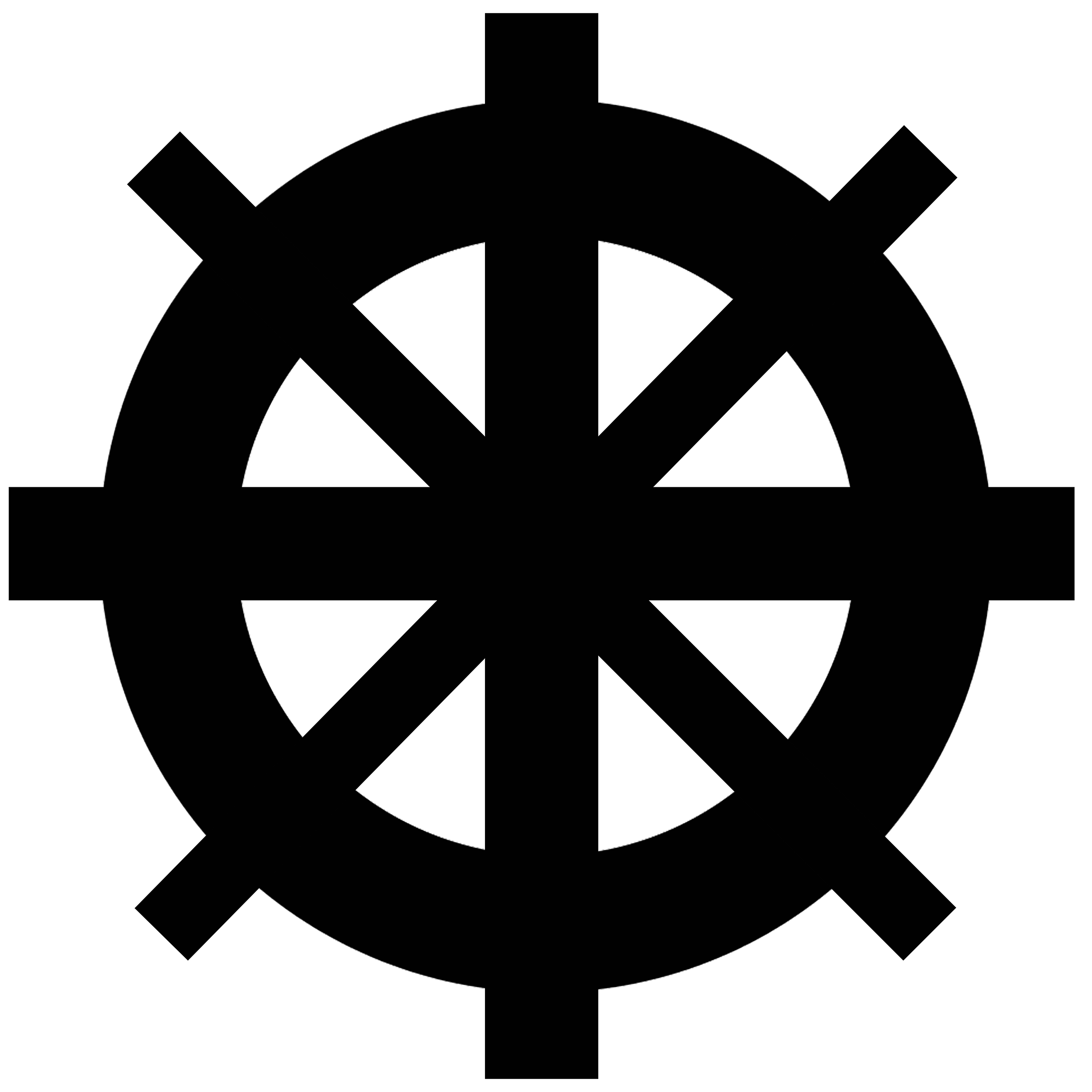Social distancing and more: public health recommendations on COVID-19
With the continuing spread of coronavirus, or COVID-19, there is a lot of misinformation and fear circulating. At this point, little is known about COVID-19, and the information changes daily. There are constantly new facts about how to avoid catching the virus and what we as a society need to do to flatten the curve.
What the novel coronavirus looks like.
While there is no way to prevent the spread entirely, the goal of public health is to slow it enough to prevent overloading of healthcare systems and to learn more about COVID-19 before it gets worse.
Simply put, a coronavirus is a virus that causes diseases, usually in mammals and birds. Some famous strains of coronaviruses, aside from COVID-19, include MERS and SARS. These viruses, when transferred to humans, result in respiratory illnesses, with symptoms ranging from mild to acute. COVID-19 is a novel coronavirus, or a newly discovered virus about which we had no previous knowledge. Before the first outbreak, it had never been recorded in humans.
The public health discipline aims to ensure that people stay healthy and that health guidelines are followed. Public health is the reason food at restaurants cannot be undercooked, workplace safety exists, and companies are beholden to pollution regulations. While seemingly invisible, public health plays into multiple aspects of everyday life.
In terms of COVID-19, public health is stepping up to play a large role in taking steps to slow the spread of the virus. While large scale public health agencies, like the Centers for Disease Control and Prevention (CDC) and World Health Organization (WHO) are well known, this pandemic is pushing local health departments into the spotlight.
Public health organizations have been issuing the warnings that everyone hears whenever they plug into any form of media. They are promoting social distancing and frequent hand washing, among other precautionary measures.
Public health professionals are making sure we know about what is going on with COVID-19. Epidemiologists, or people who study disease spread and progression, along with biostatisticians, people who apply statistical methods to this field, are studying the disease and its outcomes.
So far, they have found that most cases result in mild to moderate symptoms that can be managed at home and people can recover. They have also found that those most at risk of acute symptoms are elderly people and the immunocompromised.
The COVID-19 crisis is reinforcing the importance of public health in our society. In an interview, Dr. Jennifer Toller Erausquin from University of North Carolina Greensboro (UNCG), said “I hope that these public health measures to slow the spread of COVID-19 will be viewed positively in the future, and that the field of public health will be viewed positively. It’s quite possible that because we have implemented these infection control measures, including social distancing and the cancelling of events, we will have a pretty flat epidemic curve in some areas of the country. That would be fantastic, and that would be a sign that the public health measures have worked – not that we did them in vain.”
The epidemiological curve, with the flattening from 'measures taken' including things such as social distancing and frequent handwashing.
To protect yourself and your family from COVID-19, follow these simple tips:
Avoid going out unless necessary. This helps to prevent any unwanted transmission of COVID-19 or other diseases.
If you need to go out, keep physical distance. Stay about 6 feet apart from others to help reduce the chances of catching the virus.
Wash your hands often. Any type of soap can help remove the virus and prevent the spread. Ideally, a person should be washing their hands after using the bathroom, before, during, and after food preparation, before eating, whenever the hands are visibly dirty, and after handling pet waste. If in doubt, wash your hands.
Cover your coughs and sneezes! Since COVID-19 is spread through droplets and in the air, this can help prevent the virus from reaching others. Remember to wash your hands after. If you feel ill at all, stay home. Recover and rest to avoid spreading any disease.
As of April 3rd, the CDC recommends wearing a cloth mouth covering, whether homemade or a store-bought medical mask, when venturing out into areas like a pharmacy or grocery store to help prevent the spread.
Disinfect frequently touched surfaces. If you are unable to attain disinfectant wipes, dilute bleach into hot water and use a rag, then let the surface air dry.
If you start to feel symptoms such as fever, cough, or difficulty breathing, head to your local ER.
While this is a scary time, it is not a hopeless time. In countries with a heavy spread, such as China and Italy, the rates of infection are slowing down. China is slowly moving towards containing the disease, and normal day-to-day activities are resuming.
Public health organizations are attempting to slow the spread, help people avoid infection, and slow possible overwhelming in our hospital system. Please remember to double-check any facts that seem dubious, especially before spreading them.
A drive-thru coronavirus testing sight in a Chicago suburb, showing two of the many cars of first responders and healthcare workers in line.
If you suspect that you have COVID-19, or have been exposed to someone who has tested positive, take the precautions to self-quarantine for a minimum of 14 days. Remember that in these times that you are not alone, and that we are all facing this hardship together.
For more information about the latest updates, turn into local news and check for updates from the CDC, WHO, and local health departments. You can also contact the St. Kate’s COVID-19 question hotline by emailing healthresponse@stkate.edu.









